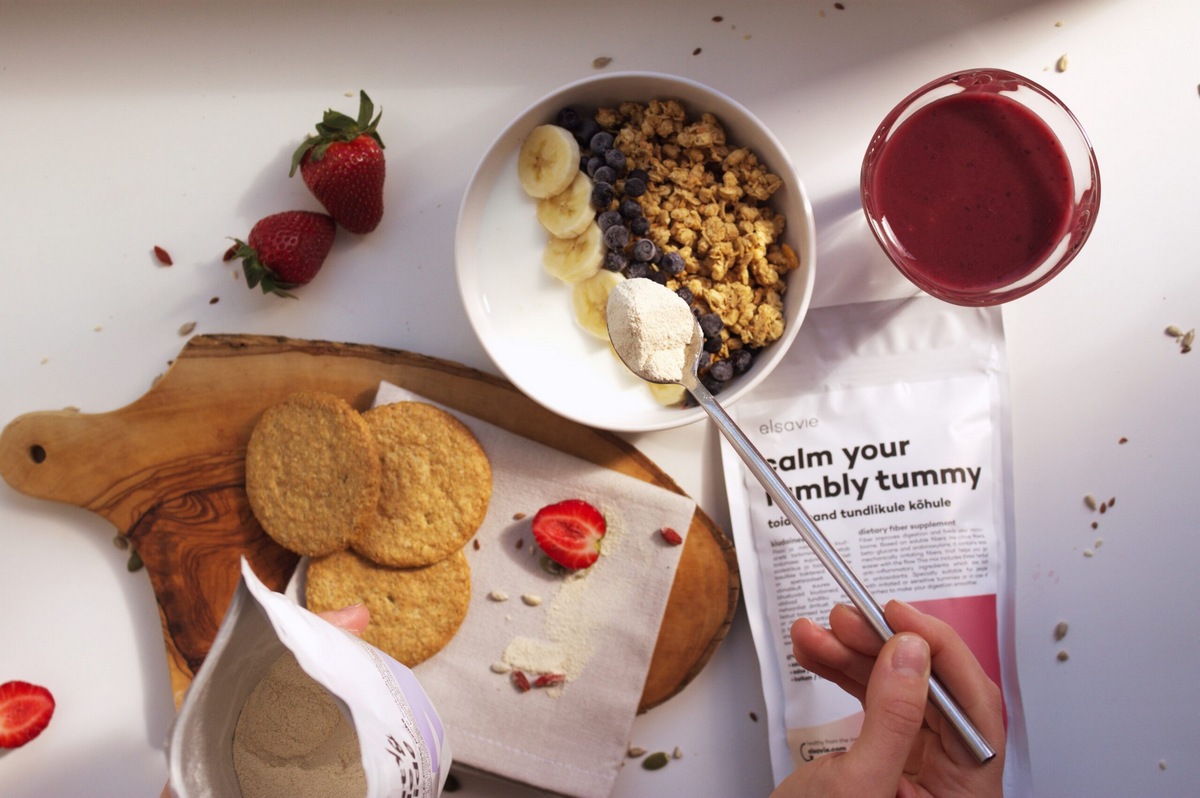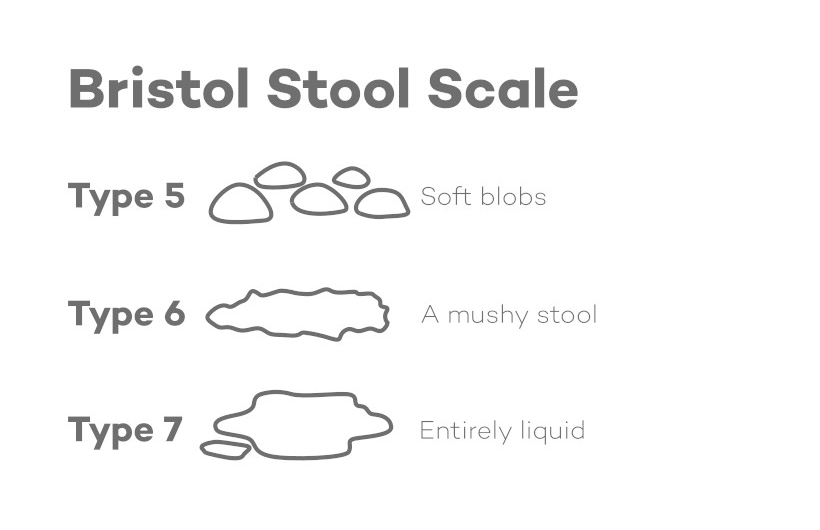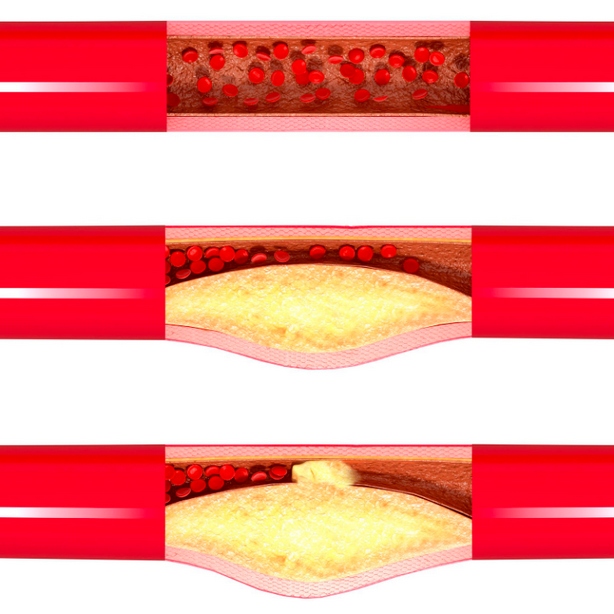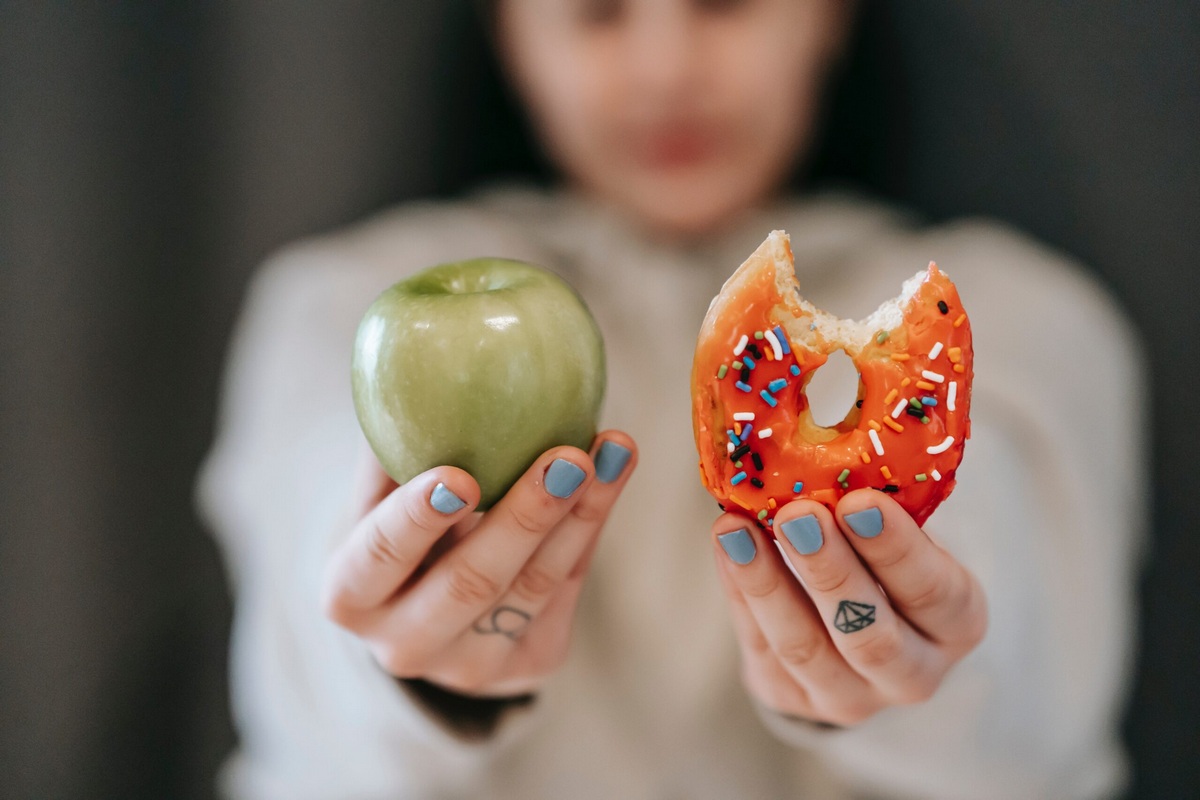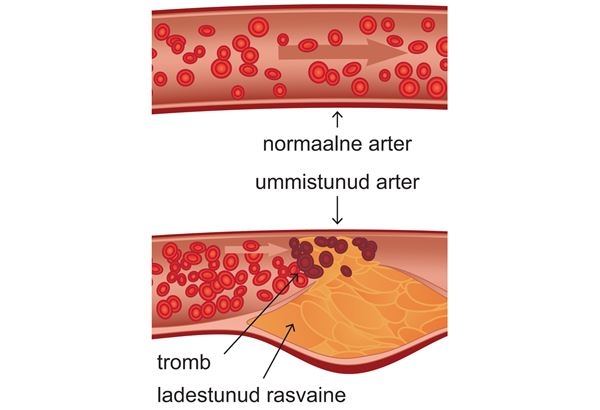The results of our Gut SecretsTM microbiome tests show that most people have an extremely heterogeneous composition of bacteria in the gut.
Why is that?
They eat few plant-based foods and overindulge in meat, sweets, and dairy products.
If this also characterises your eating habits, there is no reason to be discouraged.
You don’t have to change your entire diet right away, start much smaller by simply increasing your intake of fibre. The quickest and most convenient way is to start with the Elsavie fibre supplements.
The Elsavie fibre supplements are made for your gut health
Our fibre supplements were developed because people who had taken the microbiome test were looking for a good solution to meet their fibre needs, but couldn’t find a suitable product on the market.
Therefore, in partnership with the researchers at TFTAK, we put together four unique blends of six different fibres.
Elsavie fibre blends are each designed to support your digestive system, with three of the products also fulfilling more specific functions.
💚 Feel Good Inside green fibre blend
The green blend is an excellent choice for your first blend, as it contains the highest variety of fibre out of all four of the products, and thus supports the highest number of different gut bacterial types.
The blend has a neutral flavour and is perfect for adding to porridge, smoothies, or yoghurt.
❤️ Calm Your Rumbly Tummy red fibre blend
The red fibre blend is different from our green blend because of the added anti-inflammatory agents, making it suitable for those suffering from gastrointestinal irritation, inflammation, or pain and frequent bloating and flatulence. The blend has a light turmeric flavour and colour and is perfect for adding to lime water, juice, smoothies, or pastries.
💜 Beauty Inside & Outside purple fibre blend
The purple fibre blend helps to maintain smooth digestion and supports the immune system and the added collagen and zinc ensure healthy skin, hair, and nails.
The purple blend goes particularly well with smoothies, kefir, purées, and yoghurt.
💙 Food, Not Only For Thought blue fibre blend
The blue fibre blend is ideal if you lead an active lifestyle, as it supports both physical and mental performance, muscle training, recovery, and digestion.
The blue blend has a subtle taste of whey. It is best consumed as a post-workout snack in a drink or smoothie, for example.
What changes can you expect to see thanks to the fibre blends?
The benefits to your body and digestion of increased fibre intake can already be seen in 1–4 weeks:
- faster digestion;
- bowel movements become more regular and effortless;
- probably, you will no longer experience bloating, flatulence, and heaviness after eating;
- the constant feeling of hunger and excruciating sugar cravings are diminished.
What is the best food or drink for mixing the fibre blends with?
Your best choice is whatever food or drink you find most convenient.
Since the blends are virtually tasteless, they won’t have much effect on the taste of your food or drink. You can also heat them up or process with a blender.
Feel free to add the blends to juices, smoothies or water, porridge at breakfast, soup at lunch, stew at dinner, and pastries.
What should you keep in mind about fibre intake?
Fibre is extremely beneficial for you, but as with everything else in life, moderation is the key to well-being.
If you have not previously consumed much fibre, you should start slow and monitor the changes in your bowel movements.
- To avoid constipation, drink an extra 2–3 glasses of water every day when you increase your fibre intake.
- Start with half a teaspoon (2.5 g) per day and stick to this regimen for one week.
- Monitor your gut (taking note of any pain, bloating, or flatulence) and bowel movements daily. Don’t increase the amount of fibre until your body is used to it.
- If everything goes smoothly, increase the daily amount by half a teaspoon the following week.
- Proceeding carefully like this will get your body used to higher amounts of fibre, allowing you to eventually reach the recommended 20 grams (approximately 4 teaspoons per day).
- The fibre supplements are not recommended for children younger than three years of age.
- For older children, calculate the amount of fibre using the formula age + 7 g. The seven grams also include fibre from your daily diet.
